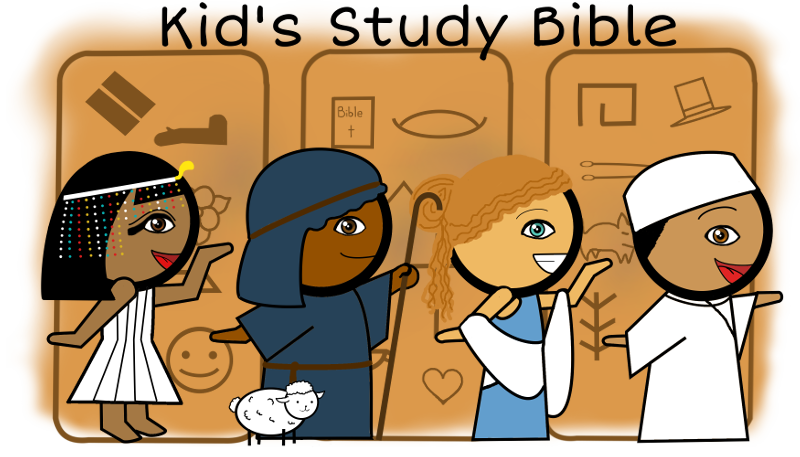Home -> Glossary of Words in the Bible -> Veil, vail
Definition of Veil, vail in the Bible
Veil, vail
Veil, vail: (1.) Heb. mitpahath (Ruth 3:15; marg., "sheet" or "apron;" R.V.,
"mantle"). In Isa. 3:22 this word is plural, rendered "wimples;"
R.V., "shawls" i.e., wraps.
(2.) Massekah (Isa. 25:7; in Isa. 28:20 rendered "covering"). The word denotes something spread out and covering or concealing something else (compare 2 Cor. 3:13-15).
(3.) Masveh (Ex. 34:33, 35), the veil on the face of Moses. This verse should be read, "And when Moses had done speaking with them, he put a veil on his face," as in the Revised Version. When Moses spoke to them he was without the veil; only when he ceased speaking he put on the veil (compare 2 Cor. 3:13, etc.).
(4.) Paroheth (Ex. 26:31-35), the veil of the tabernacle and the temple, which hung between the holy place and the most holy (2 Chr. 3:14). In the temple a partition wall separated these two places. In it were two folding-doors, which are supposed to have been always open, the entrance being concealed by the veil which the high priest lifted when he entered into the sanctuary on the day of Atonement. This veil was rent when Christ died on the cross (Matt. 27:51; Mark 15:38; Luke 23:45).
(5.) Tza'iph (Gen. 24:65). Rebekah "took a vail and covered herself." (See also 38:14, 19.) Hebrew women generally appeared in public without veils (12:14; 24:16; 29:10; 1 Sam. 1:12).
(6.) Radhidh (Cant. 5:7, R.V. "mantle;" Isa. 3:23). The word probably denotes some kind of cloak or wrapper.
(7.) Masak, the veil which hung before the entrance to the holy place (Ex. 26:36, 37).
(2.) Massekah (Isa. 25:7; in Isa. 28:20 rendered "covering"). The word denotes something spread out and covering or concealing something else (compare 2 Cor. 3:13-15).
(3.) Masveh (Ex. 34:33, 35), the veil on the face of Moses. This verse should be read, "And when Moses had done speaking with them, he put a veil on his face," as in the Revised Version. When Moses spoke to them he was without the veil; only when he ceased speaking he put on the veil (compare 2 Cor. 3:13, etc.).
(4.) Paroheth (Ex. 26:31-35), the veil of the tabernacle and the temple, which hung between the holy place and the most holy (2 Chr. 3:14). In the temple a partition wall separated these two places. In it were two folding-doors, which are supposed to have been always open, the entrance being concealed by the veil which the high priest lifted when he entered into the sanctuary on the day of Atonement. This veil was rent when Christ died on the cross (Matt. 27:51; Mark 15:38; Luke 23:45).
(5.) Tza'iph (Gen. 24:65). Rebekah "took a vail and covered herself." (See also 38:14, 19.) Hebrew women generally appeared in public without veils (12:14; 24:16; 29:10; 1 Sam. 1:12).
(6.) Radhidh (Cant. 5:7, R.V. "mantle;" Isa. 3:23). The word probably denotes some kind of cloak or wrapper.
(7.) Masak, the veil which hung before the entrance to the holy place (Ex. 26:36, 37).


